Neuroscience

Neurotransmitter receptors function via various G-protein coupled and G-protein independent mechanisms that activate downstream intracellular signaling pathways such as cAMP/PKA, PI3K/AKT, phospholipase A2, and phospholipase C pathways. For instance, dopamine receptors act through adenylate cyclase to activate PKA and other signaling molecules, thereby mediate gene expression through the actions of CREB and other transcription factors. Other neurotransmitters such as NMDAR or AMPAR are associated with ion channels that control flux of Ca2+ and Na+, thus propagating the action potential across the post-synaptic neuron.
Dysfunctions in GABAergic/glutamatergic/serotonergic/dopaminergic pathways result in a broad range of neurological disorders such as chronic pain, neurodegenerative diseases, and insomnia, as well as mental disorders including schizophrenia, bipolar disorder, depression, and addiction.
-
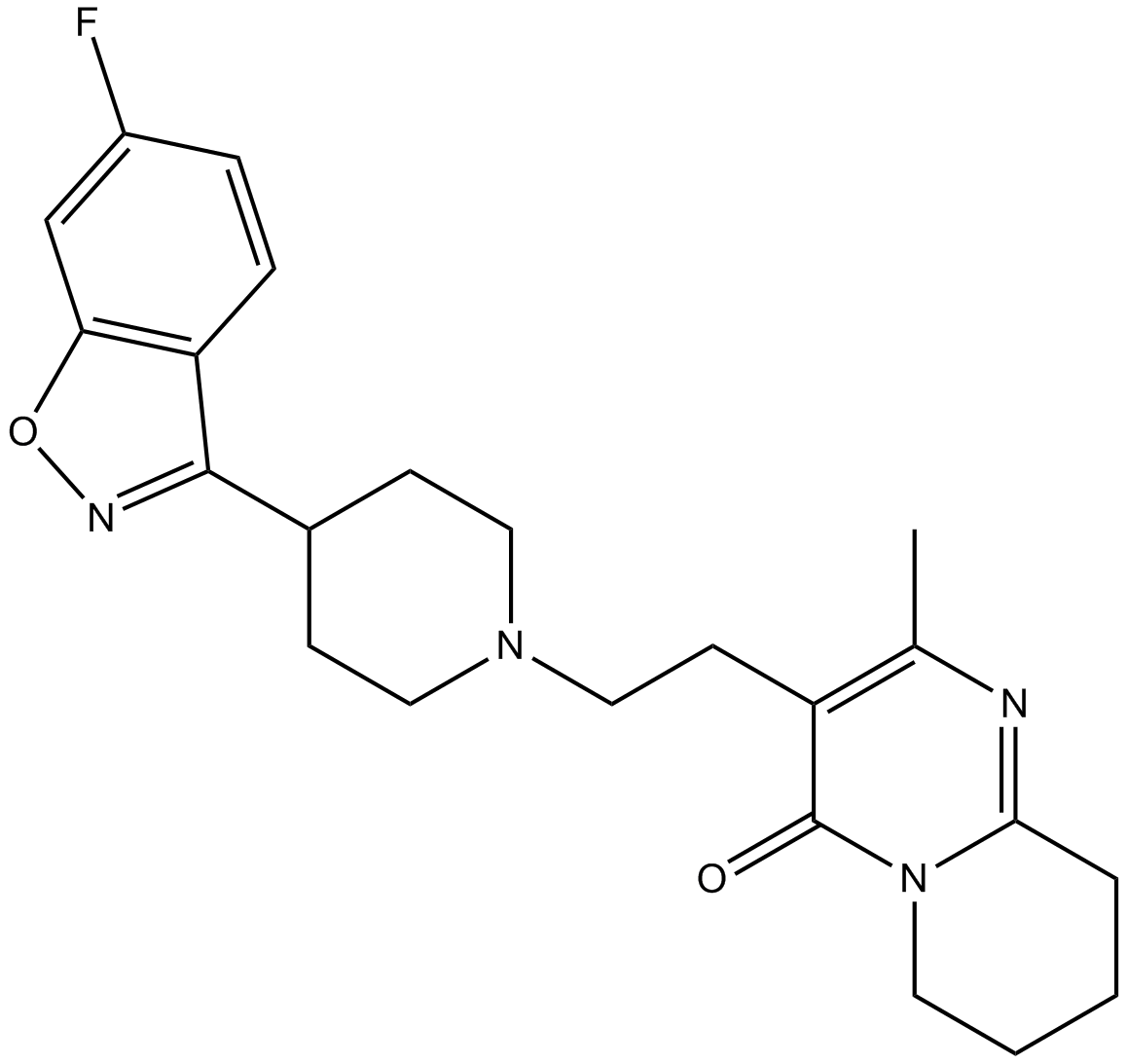 A8514 RisperidoneSummary: SR-2A inhibitor
A8514 RisperidoneSummary: SR-2A inhibitor -
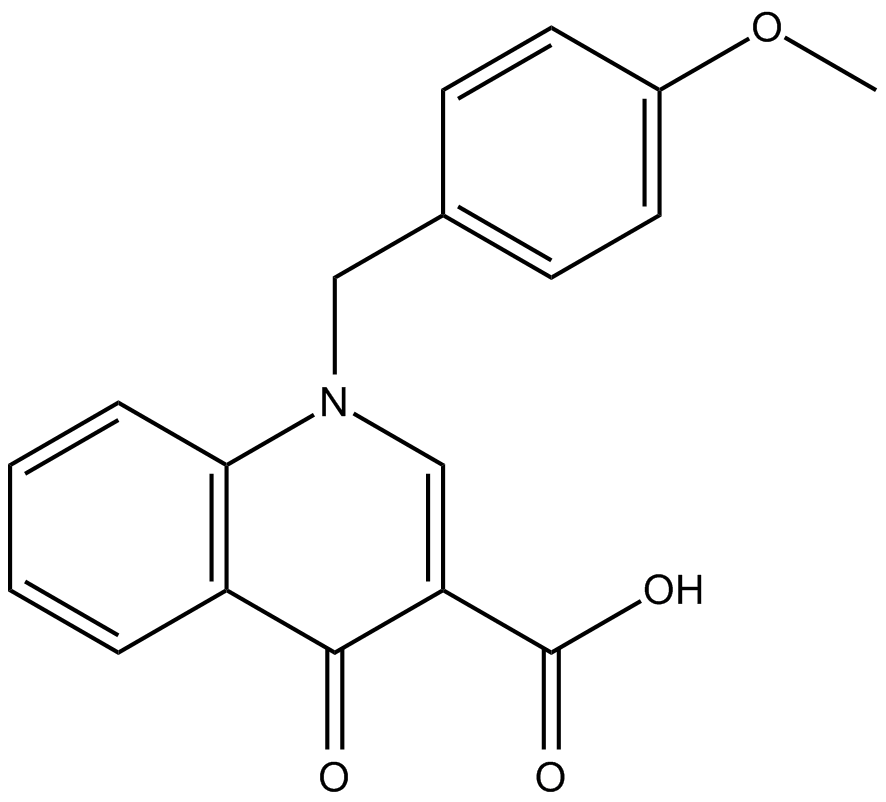 C3869 BQCATarget: AChRSummary: positive allosteric modulator of the M1 muscarinic acetylcholine receptor (mAChR)
C3869 BQCATarget: AChRSummary: positive allosteric modulator of the M1 muscarinic acetylcholine receptor (mAChR) -
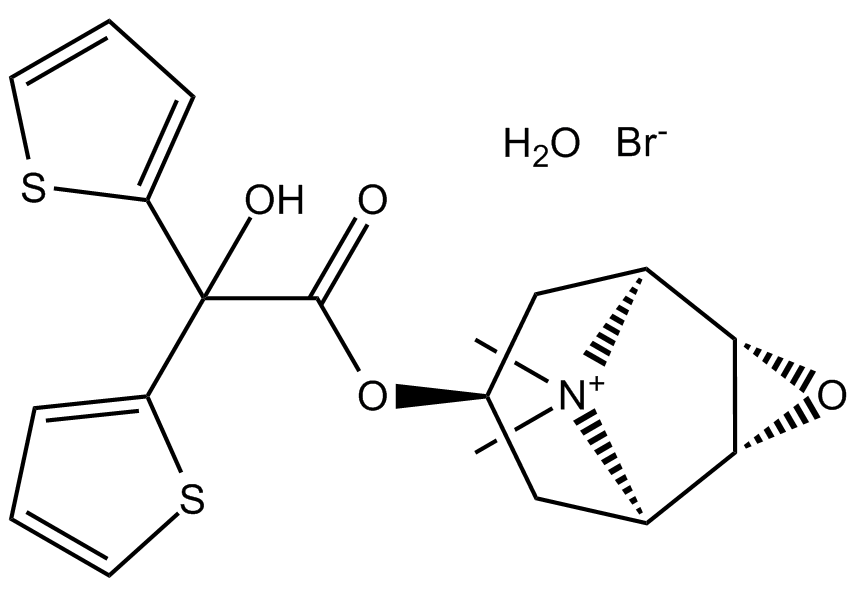 B1619 Tiotropium Bromide hydrateSummary: Muscarinic antagonist
B1619 Tiotropium Bromide hydrateSummary: Muscarinic antagonist -
 B1576 Olopatadine HClSummary: Histamine blocker
B1576 Olopatadine HClSummary: Histamine blocker -
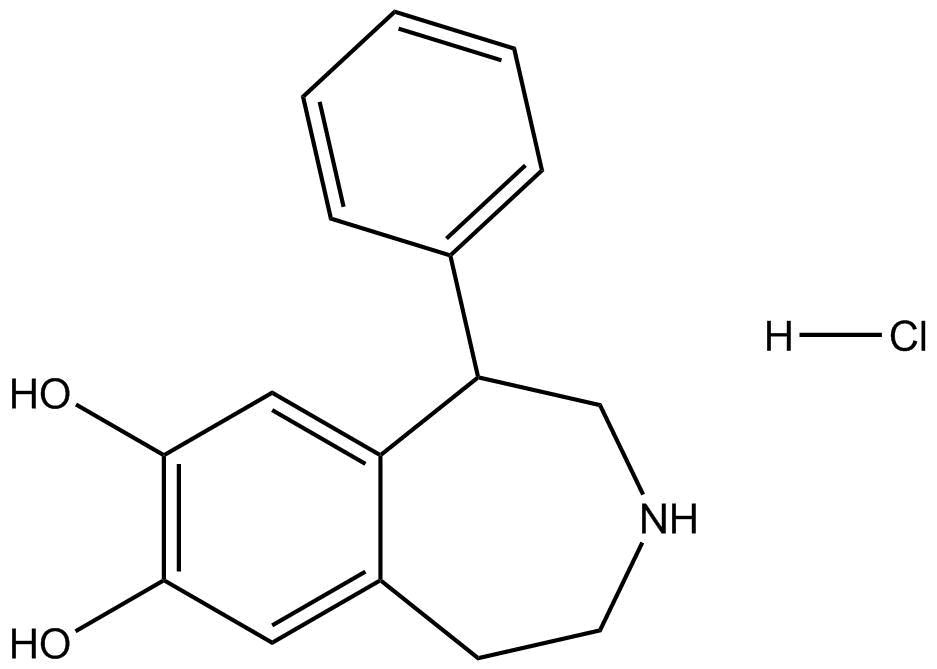 B6030 SKF38393 HClSummary: dopamine D1 receptor agonist
B6030 SKF38393 HClSummary: dopamine D1 receptor agonist -
 B3475 AceclofenacSummary: non-steroidal anti-inflammatory drug
B3475 AceclofenacSummary: non-steroidal anti-inflammatory drug -
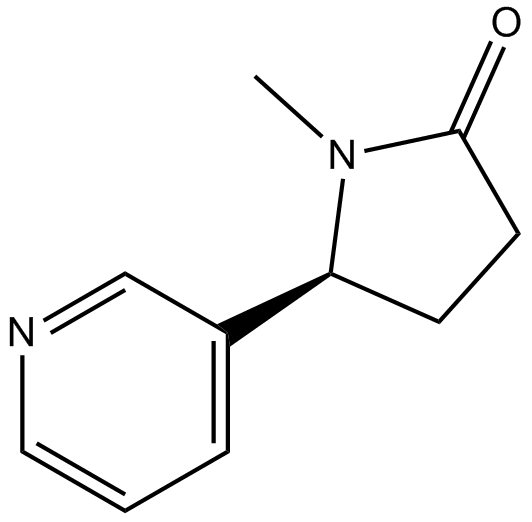 B7277 (-)-CotinineSummary: α3/α6β2 nAChR activator
B7277 (-)-CotinineSummary: α3/α6β2 nAChR activator -
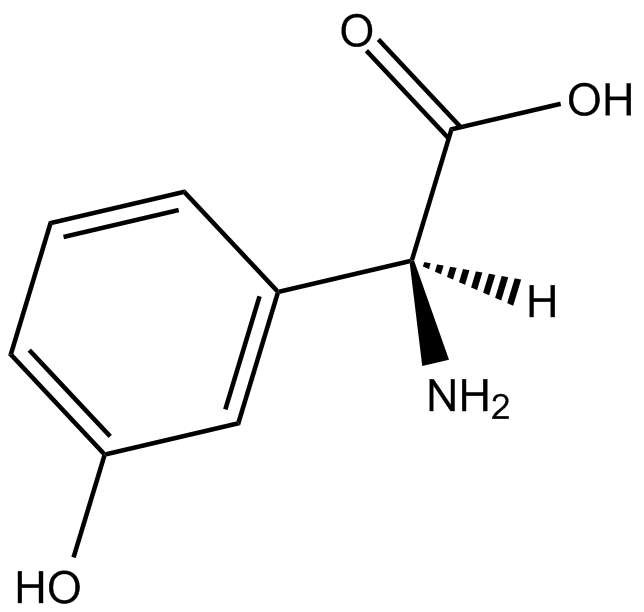 B6260 (S)-3-HydroxyphenylglycineSummary: group I metabotropic glutamate receptors agonist
B6260 (S)-3-HydroxyphenylglycineSummary: group I metabotropic glutamate receptors agonist -
 A8421 Duloxetine HClSummary: 5-HT receptor inhibitor
A8421 Duloxetine HClSummary: 5-HT receptor inhibitor -
 C3017 Guvacoline (hydrobromide)Summary: full agonist of atrial and ileal muscarinic receptors
C3017 Guvacoline (hydrobromide)Summary: full agonist of atrial and ileal muscarinic receptors

